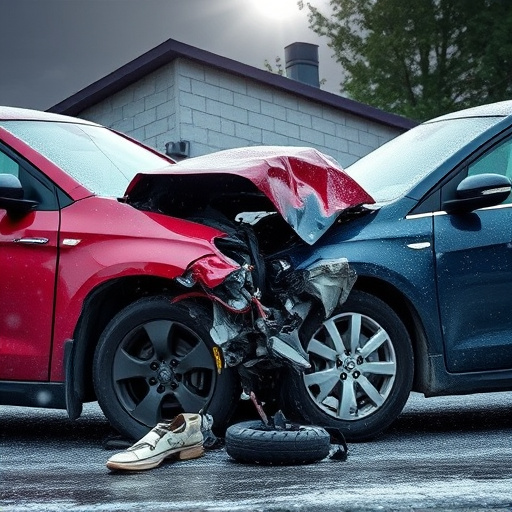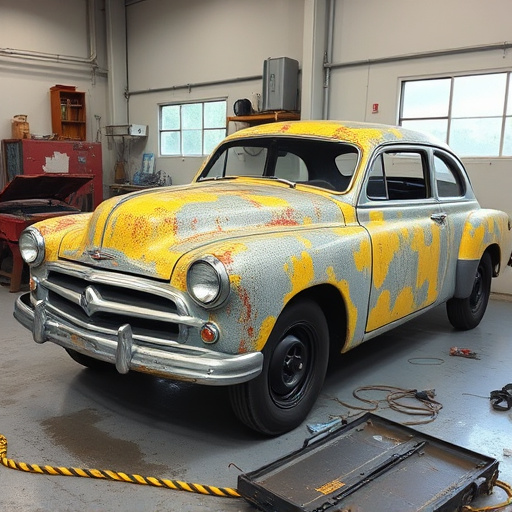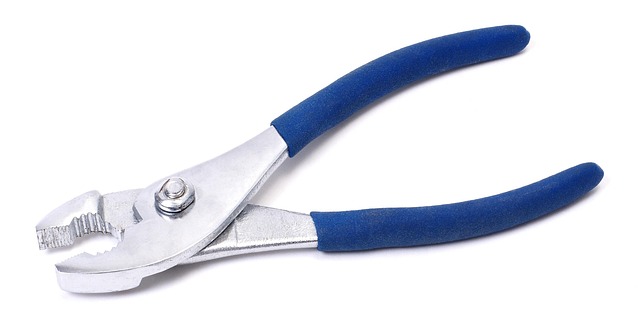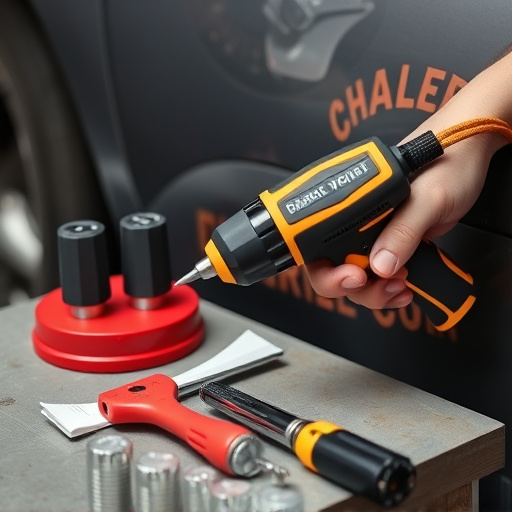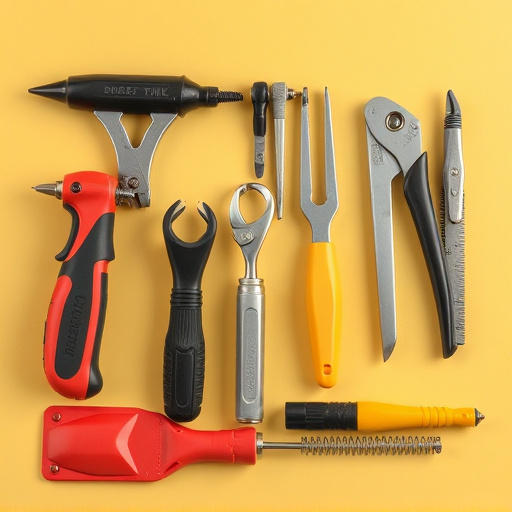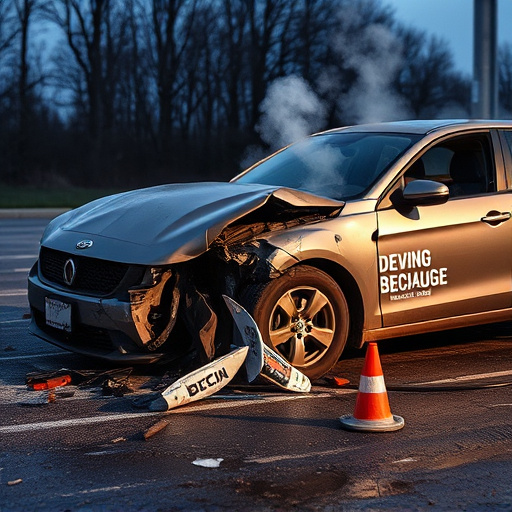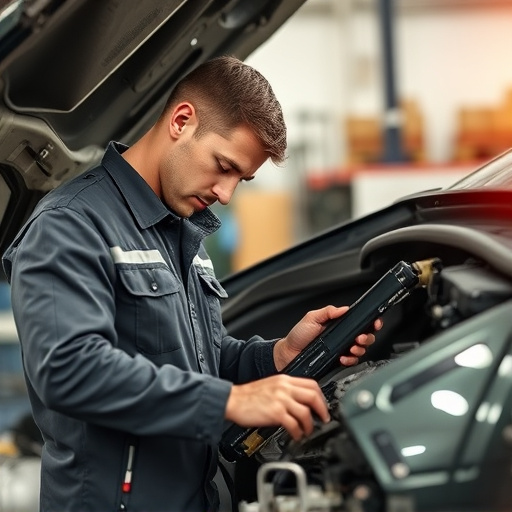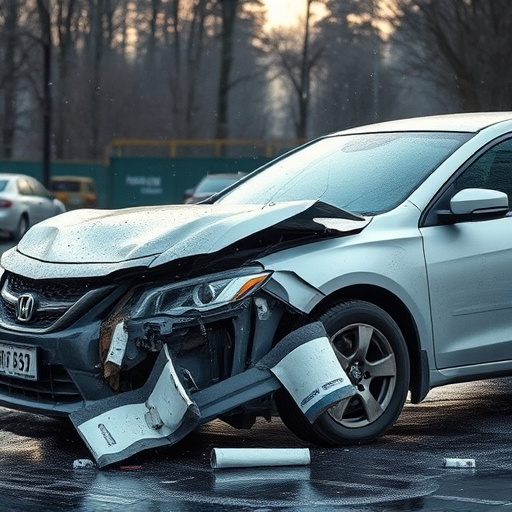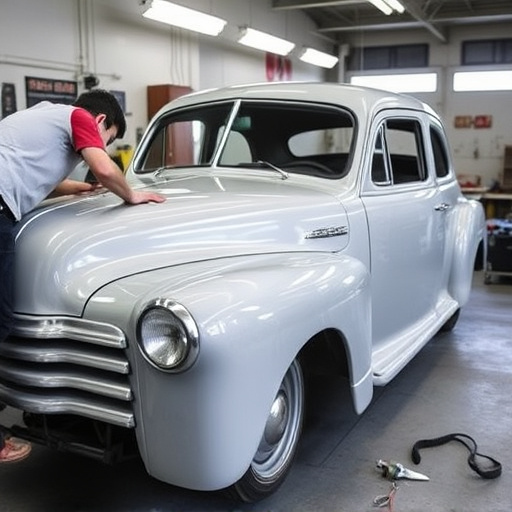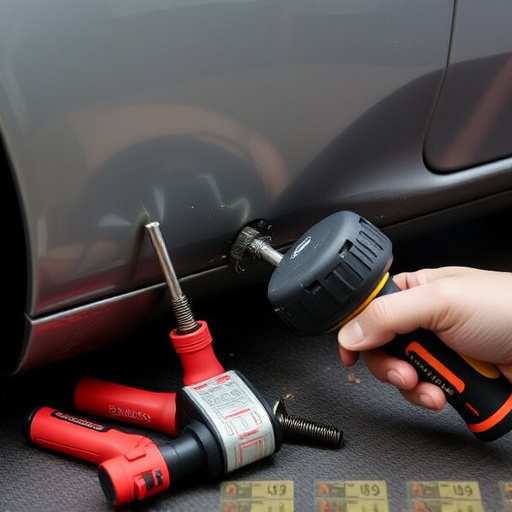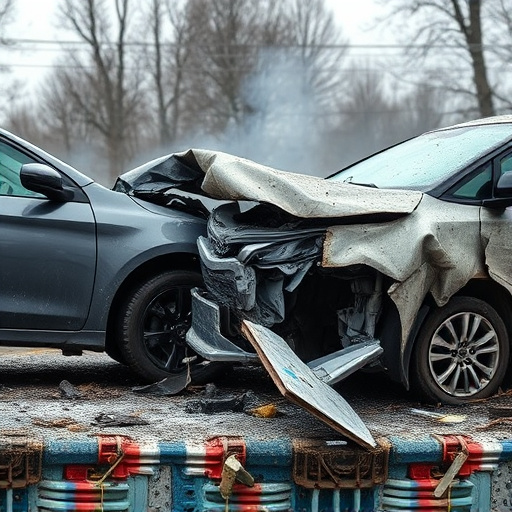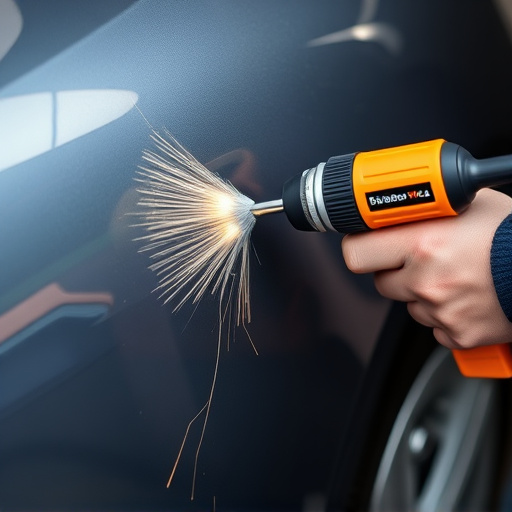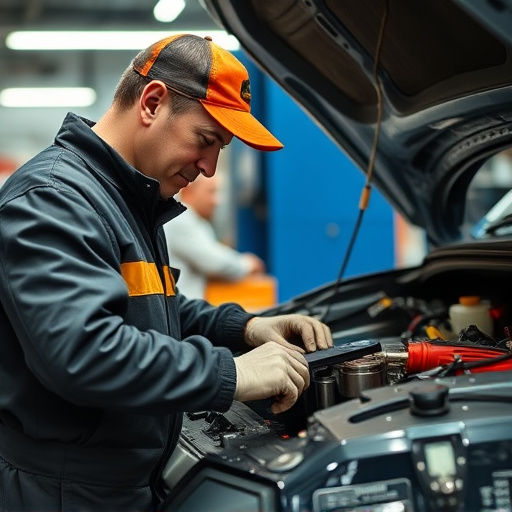Mastering seat repair collision damage techniques requires knowledge of components, assessment, and safety protocols, involving dexterity with various materials and tools. Hands-on training prepares technicians through practical exercises, including dent removal, panel replacement, and auto painting to match factory finishes. Maintaining certification ensures updated skills, leading to high-quality repairs, customer satisfaction, and safe vehicle restoration for all damage types.
Training is paramount for technicians aiming to excel in seat repair for collision damage. This specialized skill set demands a deep understanding of automotive components, along with meticulous craftsmanship.
This article explores the essential elements of seat repair, from mastering basic techniques to hands-on training in collision damage restoration. We’ll delve into the importance of certification and continuous learning to ensure technicians stay up-to-date with industry standards, ultimately delivering superior repairs.
- Understanding Seat Repair Basics: Essential Skills and Knowledge
- Hands-on Training: Practicing Collision Damage Restoration Techniques
- Certification and Continuous Learning: Keeping Up with Industry Standards
Understanding Seat Repair Basics: Essential Skills and Knowledge
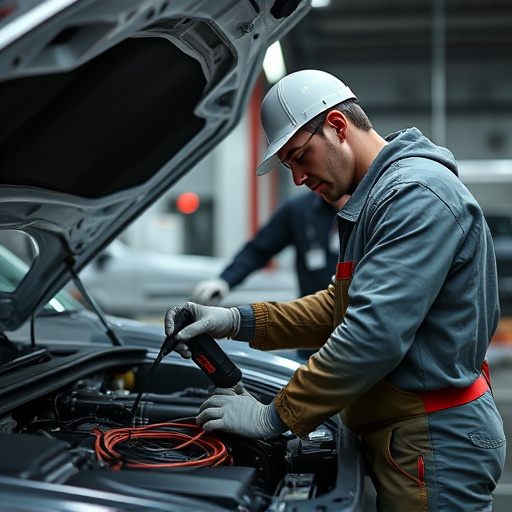
Understanding the fundamentals of seat repair is a cornerstone for collision damage technicians. This involves mastering various skills and acquiring key knowledge to handle repairs effectively. Technicians must be adept at assessing and diagnosing seat damage, often resulting from minor collisions or fender benders. They should possess the skill to identify different types of seat components and their respective materials, which can range from foam padding to complex reclining mechanisms.
Essential skills include manual dexterity for precise trimming, cutting, and shaping during the removal and replacement process. Knowledge of safety protocols is critical when working with compressed gases, adhesives, and other chemicals commonly used in seat repair. Additionally, technicians should be well-versed in vehicle dent repair techniques to ensure not just structural integrity but also aesthetic restoration, making body shop services more comprehensive.
Hands-on Training: Practicing Collision Damage Restoration Techniques
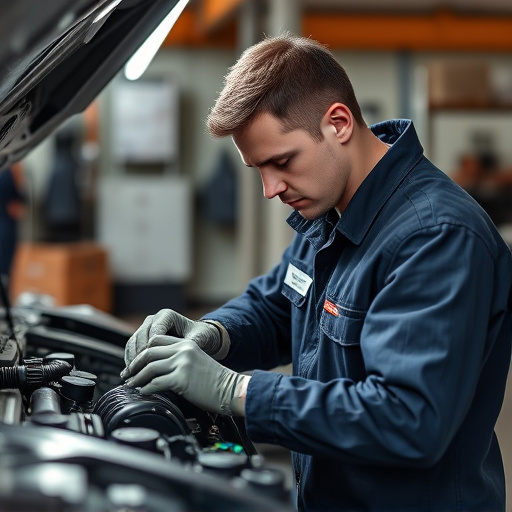
Hands-on training is a cornerstone of preparing seat repair collision damage technicians for real-world challenges. This involves immersing trainees in practical exercises that mimic various types of car damage, allowing them to apply theoretical knowledge. By working with actual vehicle parts and tools, they develop dexterity and precision in techniques such as dent removal, panel replacement, and structural alignment. These skills are crucial not just for seat repair but also for addressing broader auto body shop needs, ensuring every fix is both functional and aesthetically pleasing.
The practical aspect goes beyond simple repair; it includes mastering the art of auto painting to match original factory finishes perfectly. Technicians learn to use a range of equipment and materials, from specialized paints to advanced sanders, to achieve flawless results. This not only enhances their employability in auto body shops but also contributes to customer satisfaction through meticulous car damage repair processes.
Certification and Continuous Learning: Keeping Up with Industry Standards
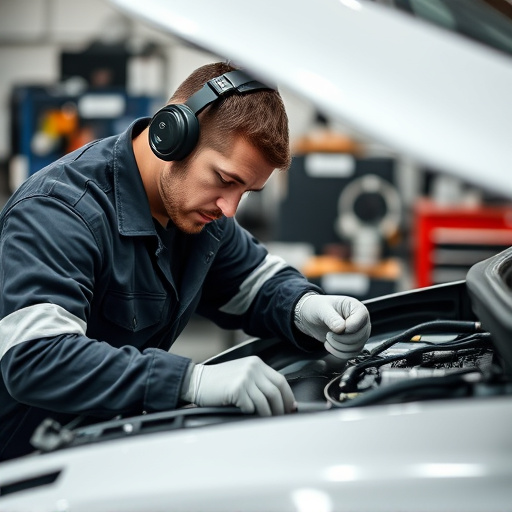
In the dynamic field of automotive repair, especially within the niche of seat repair and collision damage restoration, staying certified is paramount. Technicians must regularly update their skills to meet evolving industry standards and best practices. Continuous learning ensures that they stay abreast of new technologies, tools, and techniques in both seat replacement and vehicle body shop repairs. This ongoing education plays a crucial role in maintaining high-quality car restoration outcomes.
The pursuit of certification goes beyond individual proficiency; it reflects the commitment of the entire collision center to excellence. With every repair, from minor scuffs to extensive vehicle body shop overhauls, accurate and certified techniques are essential. This ensures not only customer satisfaction but also the safety and reliability of each restored vehicle, be it a simple seat repair or a complete car restoration.
Training for seat repair in collision damage restoration is a multifaceted process. By understanding the fundamentals, engaging in practical exercises, and prioritizing continuous learning through certification programs, technicians can master their craft. This ensures they meet industry standards while effectively repairing various types of vehicle seats, ultimately enhancing customer satisfaction.
